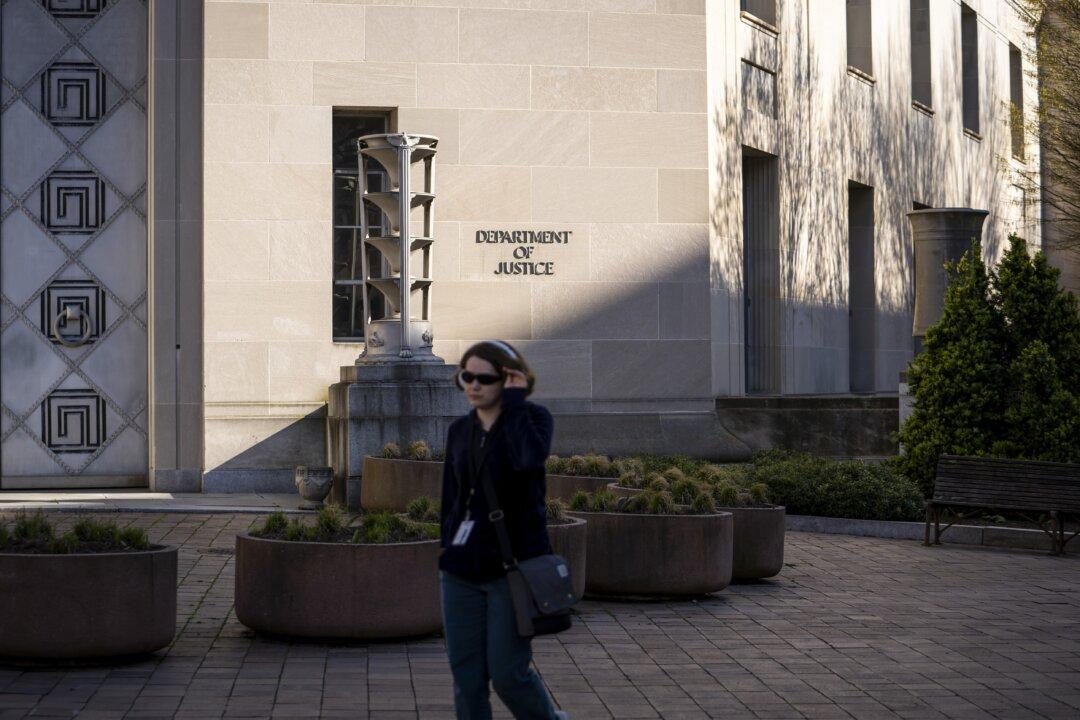The collapse of the Afghan government followed a mistake-riddled U.S. mission to reconstruct the country after invading in 2001 shortly after 9/11, a watchdog said Tuesday.
Sopko’s team performed more than 760 interviews and reviewed thousands of government documents to produce the report, as part of a body of work that included criminal investigations that led to 160 convictions.
The United States spent $145 billion trying to rebuild Afghanistan and its institutions while the Department of Defense spent an additional $837 billion on the war there since U.S. troops landed in October 2001.
U.S. goals included eliminating al-Qaeda, decimating the Taliban, building Afghan security forces, and helping the civilian government become legitimate. But apart from several areas of improvement, such as raising rates of education, “overall progress has been elusive and the prospects for sustaining this progress are dubious,” Sopko said.
President Joe Biden ordered the full withdrawal of U.S. troops from Afghanistan this year. As troops withdrew this month, the Taliban rapidly captured key areas of the country. The terrorist group took the presidential palace in Kabul over the weekend and declared Afghanistan an Islamic emirate.
U.S. leaders were caught off guard by the takeover, rushing to evacuate the U.S. Embassy in Kabul and Afghans who helped the United States during the 20-year war.
The botched withdrawal is part of a pattern, according to the SIGAR report. For instance, the U.S. “government consistently underestimated the amount of time required to rebuild Afghanistan and created unrealistic timelines and expectations that prioritized spending quickly,” the office found. That led to increased corruption and undermined the effectiveness of various programs.
“The U.S. government did not understand the Afghan context and therefore failed to tailor its efforts accordingly,” Sopko also said.
“We were devoid of a fundamental understanding of Afghanistan,” Douglas Lute, who coordinated Afghanistan strategy at the National Security Council from 2007 to 2013, told the SIGAR. “We didn’t know what we were doing.”
Similar problems plagued U.S. reconstruction efforts in Iraq and Vietnam, but that has not prevented U.S. officials from continuing to pursue them, the SIGAR noted. He cited smaller efforts currently underway in Mali, Burkina Faso, Somalia, Yemen, and Ukraine.
“We just don’t have a post-conflict stabilization model that works. Every time we have one of these things, it is a pick-up game. I don’t have confidence that if we did it again, we would do any better," Stephen Hadley, national security adviser during the George W. Bush administration, told the SIGAR.
The White House didn’t respond to a request for comment on the report.
The SIGAR was created by Congress to monitor U.S. efforts in Afghanistan.





